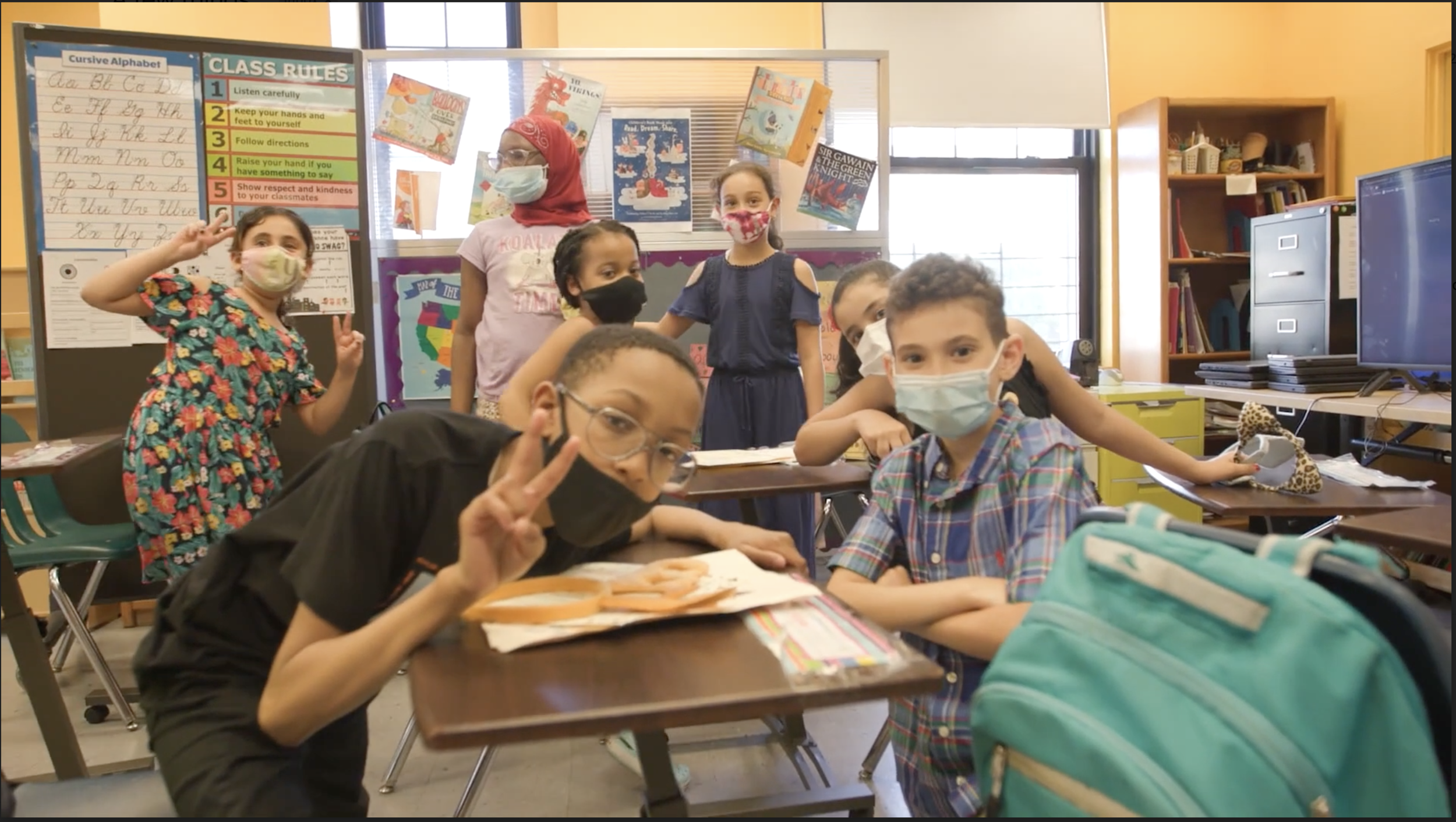The Literacy Crisis
Did you know?
Children who do not develop key early literacy skills by the time they start kindergarten are three times more likely to eventually drop out of school.
Students who become proficient readers by Grade 4 will likely graduate from high school and be able to go on to college and careers.
More than a third of United States fourth graders do not have even a basic level of reading proficiency, and overall reading scores for young students have been essentially stagnant for decades.
Literacy is widely recognized as a key determinant of success for individuals and societies as a whole, yet many children and adults do not read well, hampering not only their educational opportunities, but economic attainment, health, and even life span.
Instructional interventions of the past 30 years have not healed America of its reading malady. The average reading score of fourth graders today is just four points higher than it was in 1992, according to data from the National Assessment of Educational Progress. For eighth graders, reading scores have risen by a mere three points.
In 2019, more than a third of fourth graders were not even meeting the “Basic” level of reading proficiency set by the NAEP, indicating they were not able to draw conclusions from or evaluate content, or to assess a character’s actions, feelings, and motives based on what they read. In the United States today, one in five adults has only a low level of English literacy.
Early literacy programs that mainly serve Black children tend to be lower in quality than those that serve White, non-Hispanic children, according to a report by the National Institute for Early Education Research. By the time Black children enter kindergarten, their reading skills are already about seven months behind those of White children. The repercussions extend beyond academics: Research shows that children who are poor readers in 3rd grade are more likely to consider themselves sad, angry, distractible, lonely, and unpopular.
It is hard for under-resourced schools to help children catch up. In New York City, 65% of public school students do not graduate college-ready—that is they need remedial courses in English, math, or both. Social injustice takes root early. The prevalence of modern-day segregation in K-12 public education reinforces deep-rooted and lifelong inequities. COVID-19 enlarged the gap, setting Black students behind 10 months and Hispanic students behind nine months in their development.
The Reading Team’s program is closing the reading gap for children in Harlem. In a neighborhood where only 32% of students pass the New York State English Language Arts exam and a city where just 47% do, more than 80% of Reading Team students in grades 3–5 passed the exam in 2024.
This video introduces viewers to the Reading Team.

